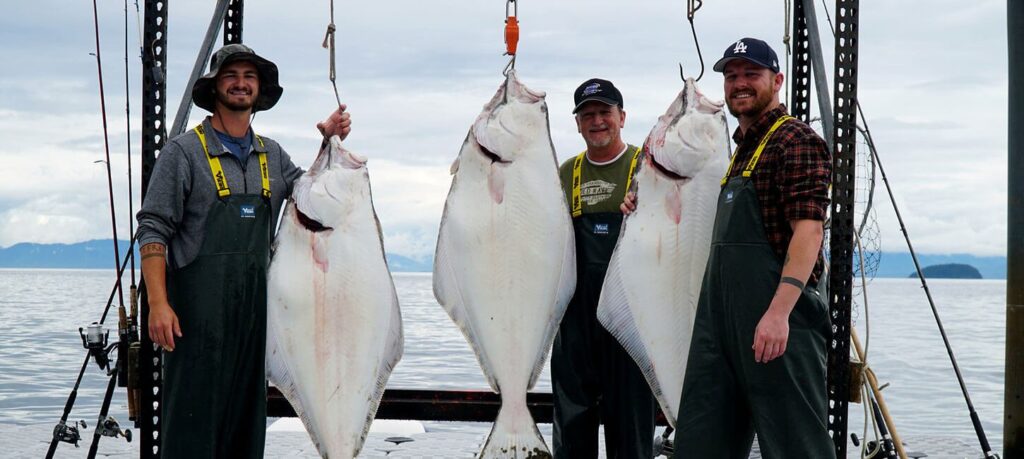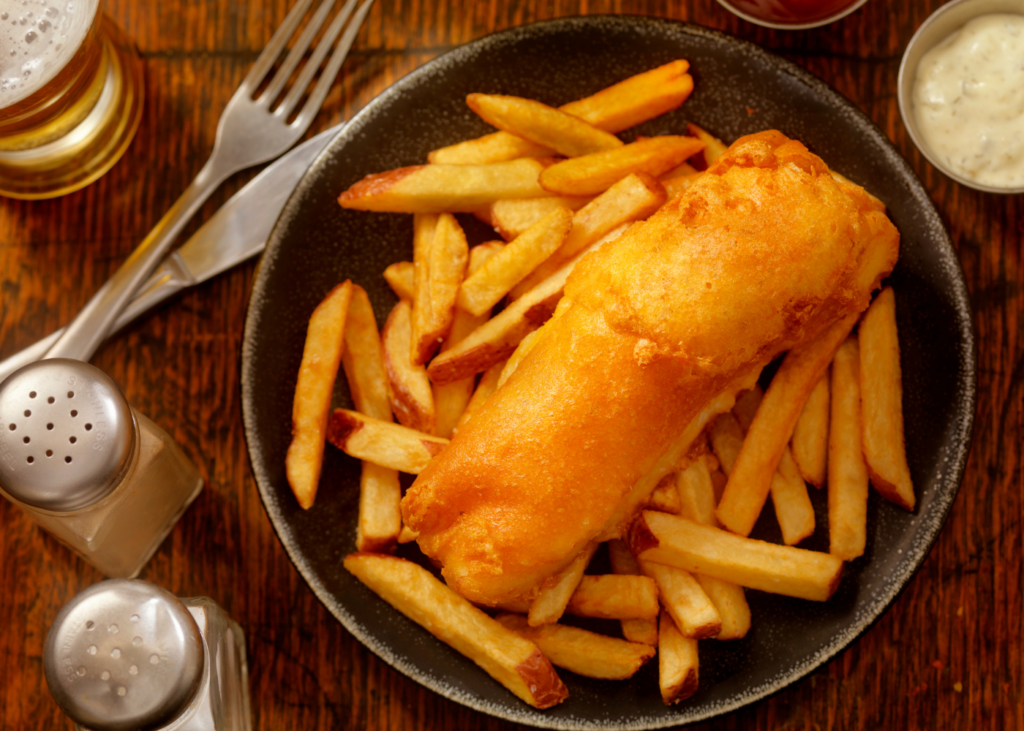Baiting on the Go and Finding the Best Bait for Halibut
At Doc Warner’s Alaska Fishing Lodge, we want your trip to be a successful one. By using underwater cameras, we have learned how halibut feed and how to prepare the best bait for halibut fishing. We want this to be the type of haul we send home with you. …
Baiting on the Go and Finding the Best Bait for HalibutRead More »
Baiting on the Go and Finding the Best Bait for Halibut Read More »


